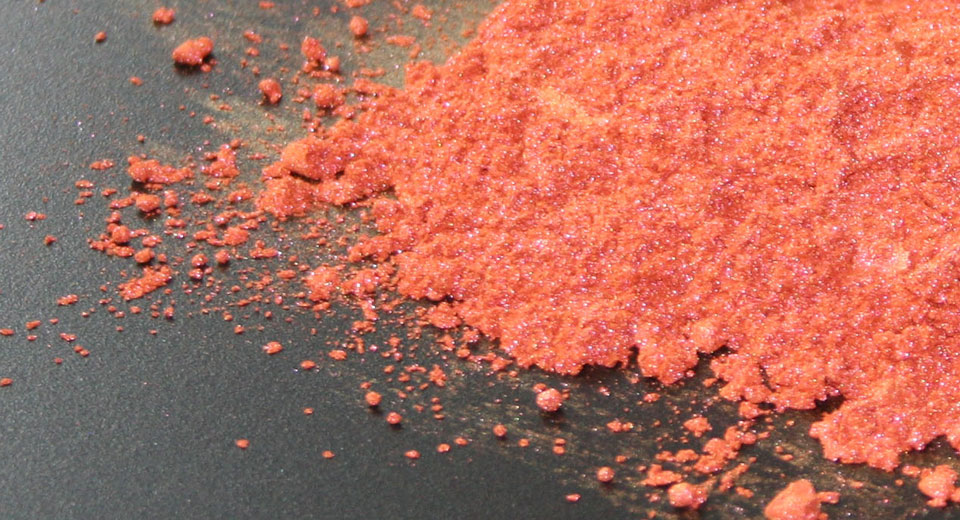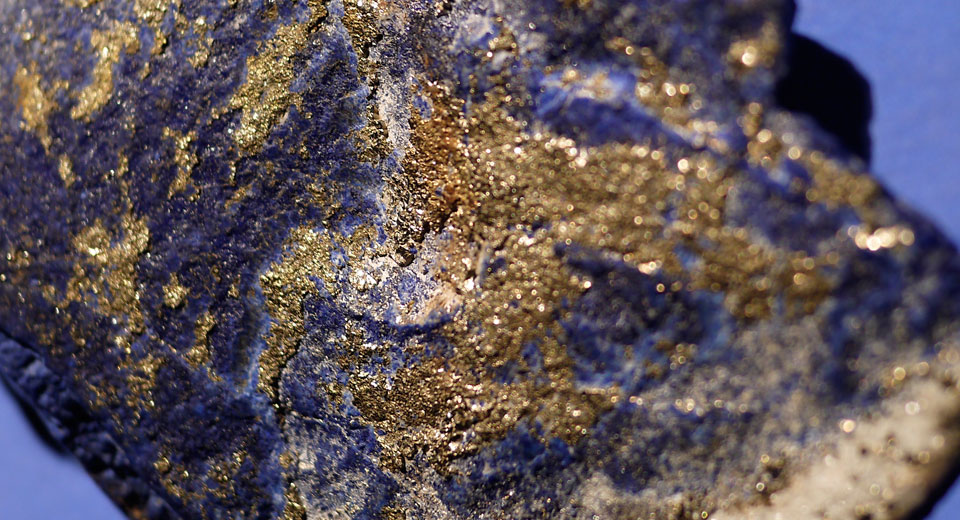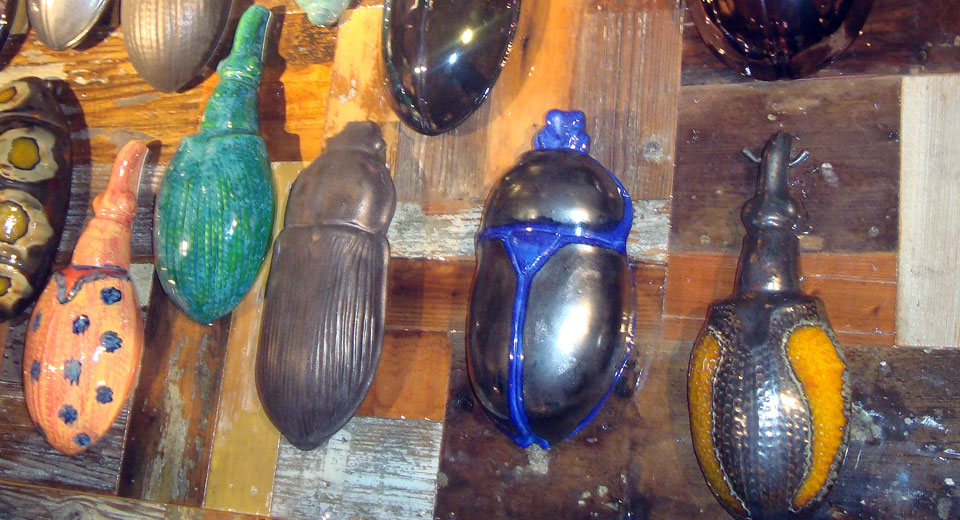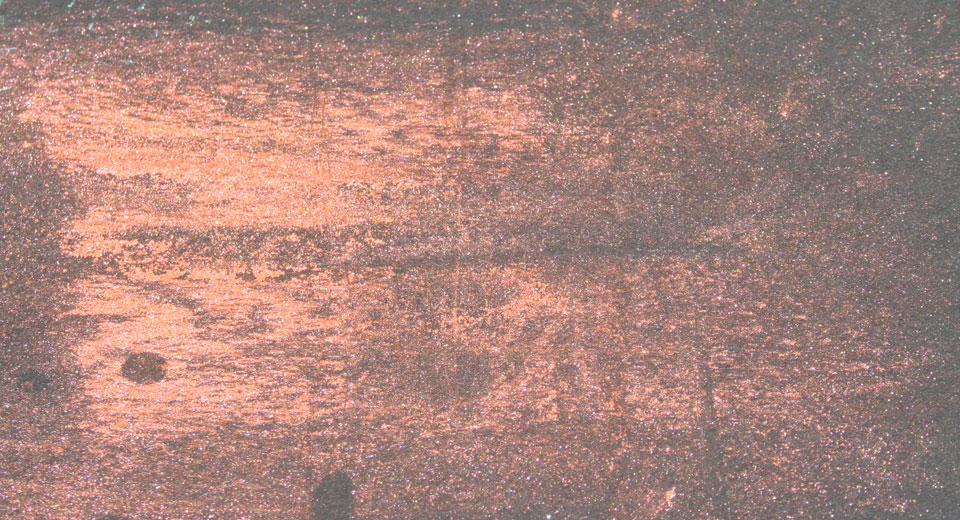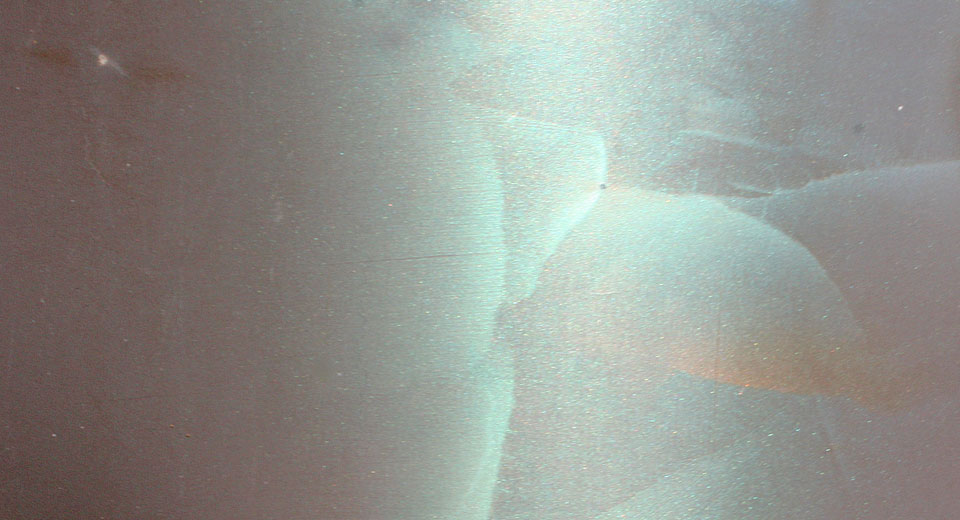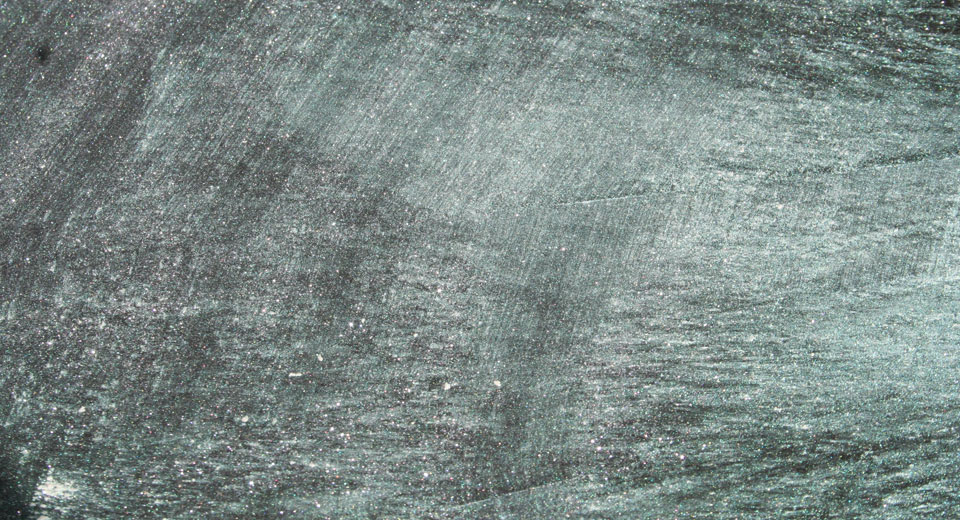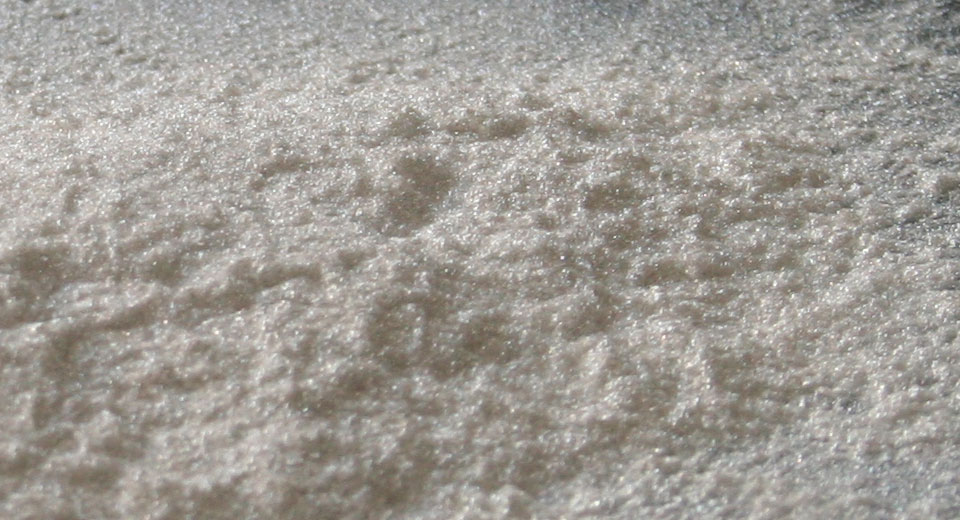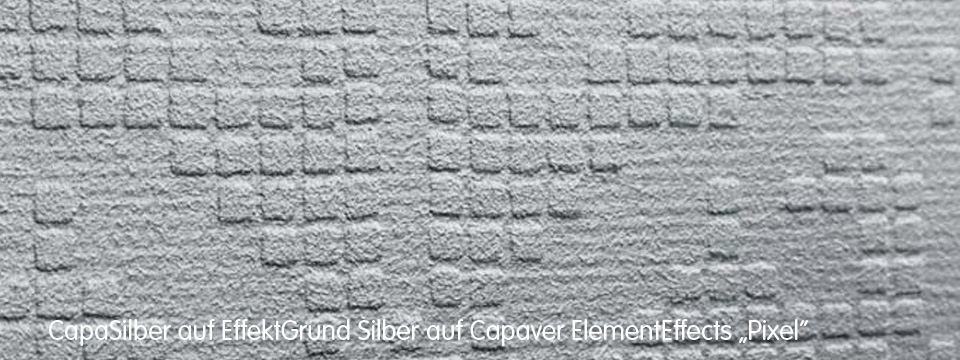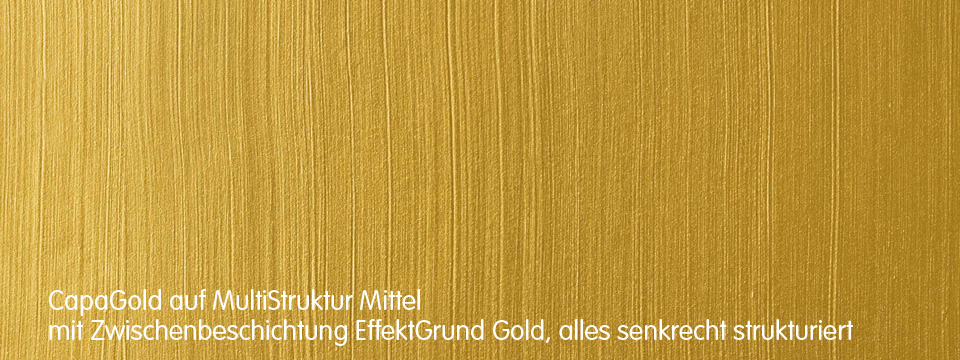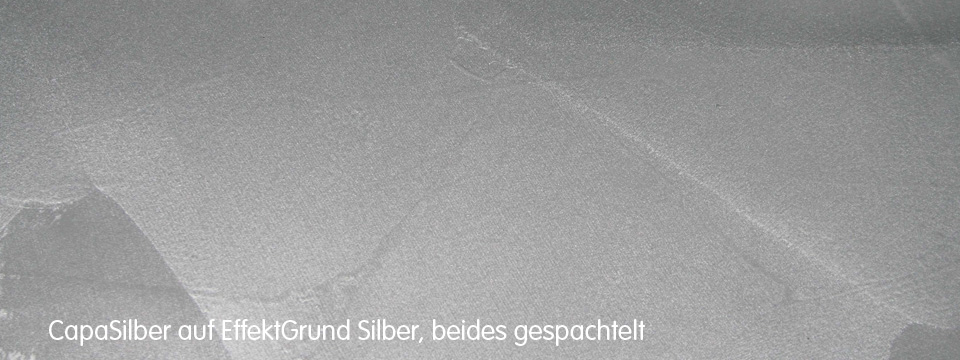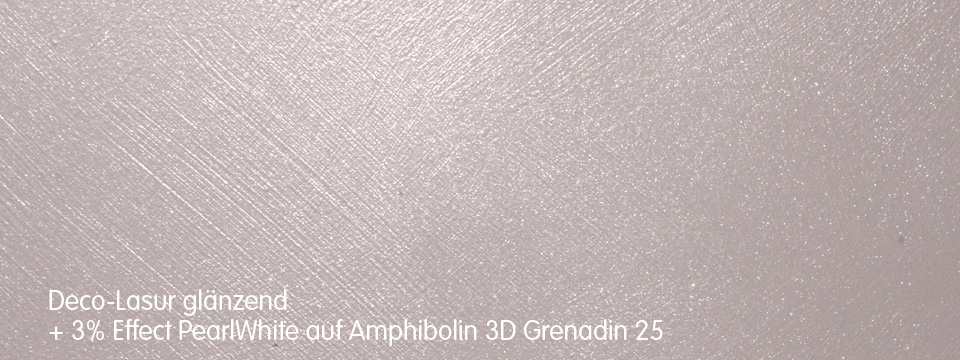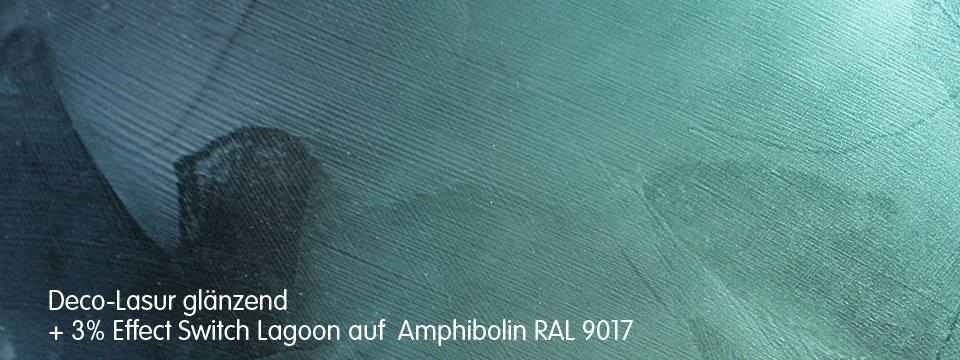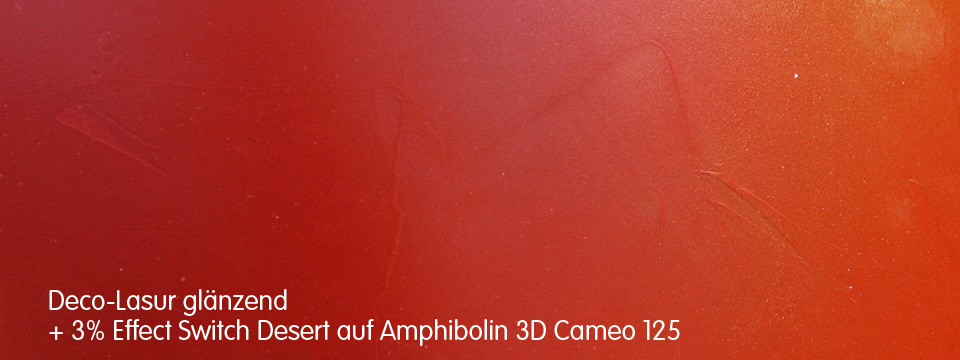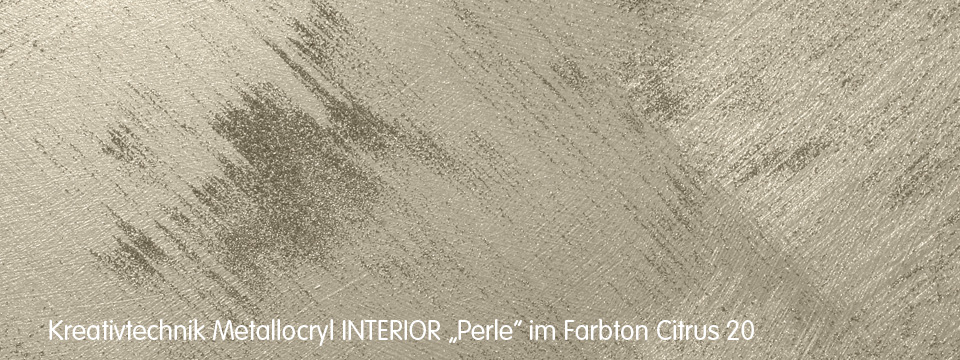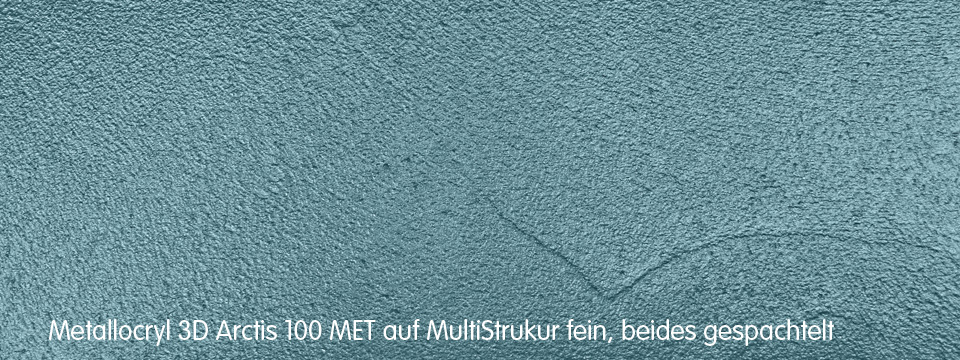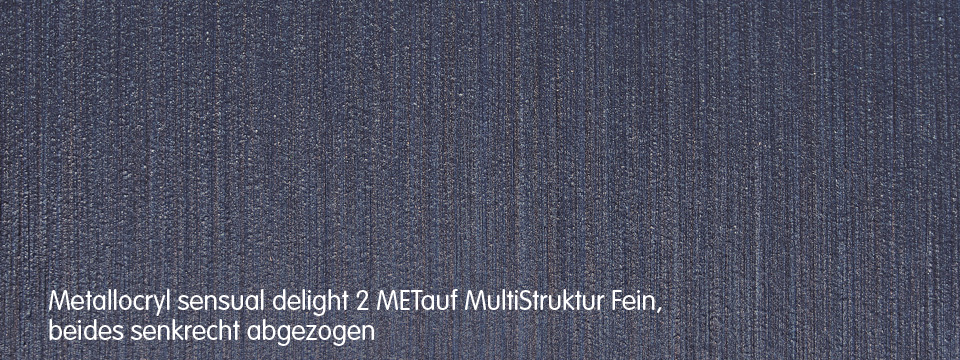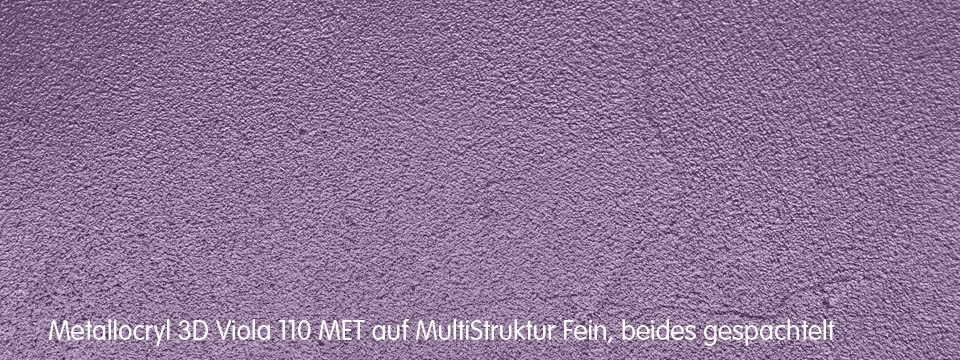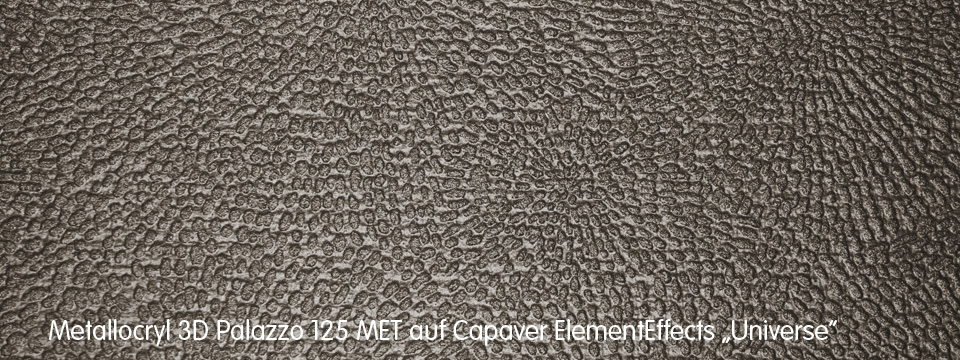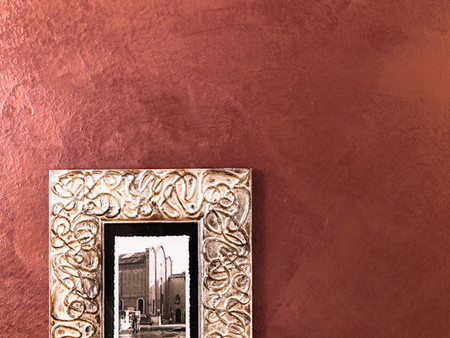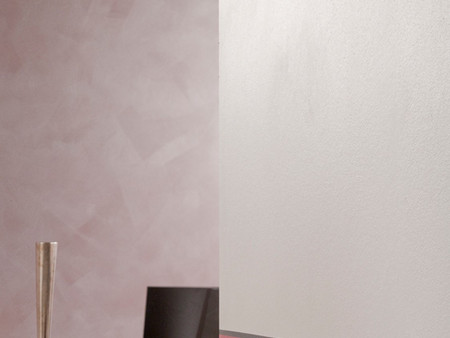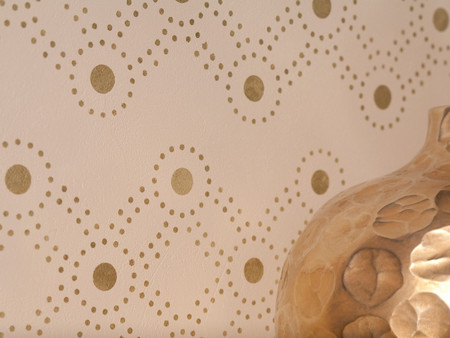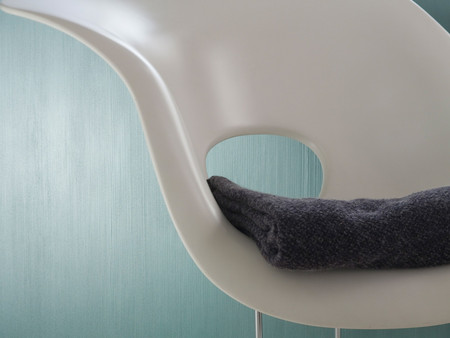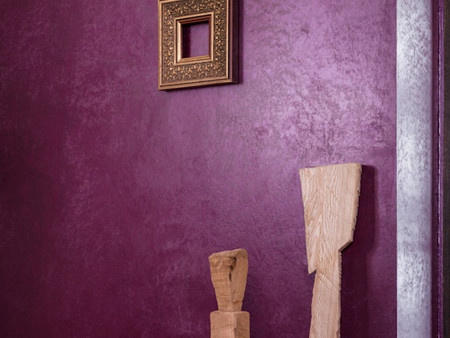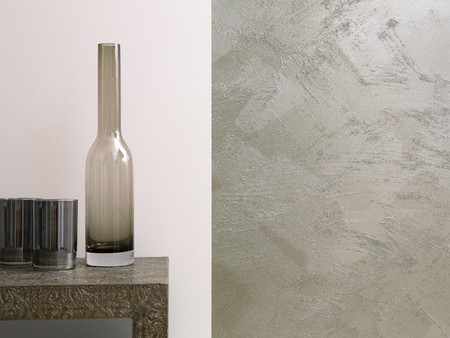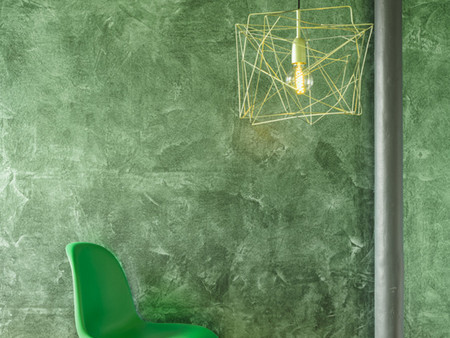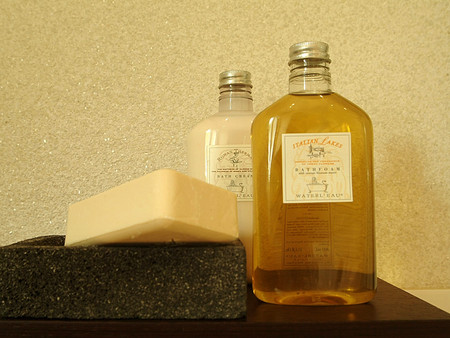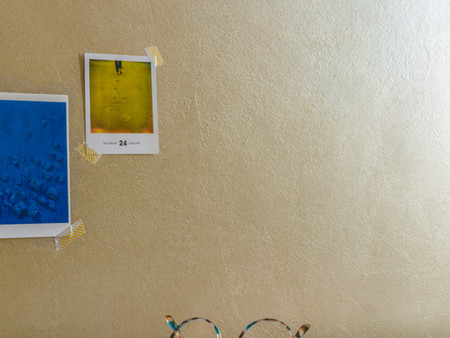Metallics
Metallic, Gleam, Shimmer, Glitter...
Exciting surfaces with beautiful effects
Today, we come across gleaming, glittering or metallic effects everywhere: from metallic eye shadow to high-gloss car paints to product packaging with a pearlescent finish. The attraction of shimmering surfaces is also increasingly finding its way into wall design.
And nature is the inspiration. We see these effects on insect shells or on various minerals. They not only evoke associations but often also supply the materials for production.
But what is behind these phenomena? How do we achieve such shiny metallic, iridescent or shimmering, silvery surfaces?
Effect pigments. They can add gloss, sparkle or colour effect to surfaces. Pearlescent and metallic effect pigments are their most important protagonists.
Mineral Mica - The Mother of Many Effect Pigments
The classic pearlescent pigments are based on the mineral mica. Mica occurs naturally and is, depending on the content of trace elements, almost colourless, yellowish, reddish or brownish.
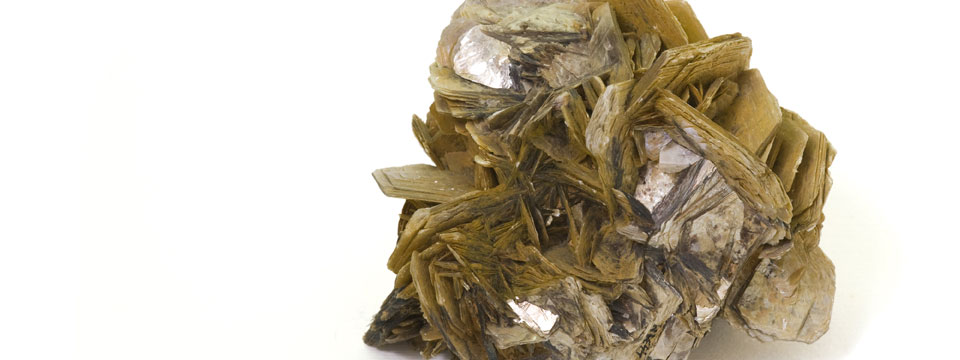
Where does the German term "Glimmer" come from? The English word "mica" is translated into German as "Glimmererde" or "Muskovit". In Latin "micare" means to shimmer, sparkle, blink, flash. Mica is usually extracted in open-cast mines, cleaned after mining, finely ground, and coated with metal dioxides to produce pearlescent effect pigments.
In the vernacular, some types of mica are also called fool's silver because of their look. This means as much as "silvery weathering mica".
We also use effect pigments based on mica: Capagold and Capasilber
That's how you do it: CapaGold Line in a video on creative techniques
Pearlescent Pigments
Pearlescent effect pigments are the multi-talents among pigments. They get their special gleam from the physical law of light refraction. Due to its layered structure, the incident white light is refracted at the different boundary surfaces in the pigment and thus separated into its components and partially reflected. Depending on the thickness of the metal oxide layer, a corresponding interference colour is produced. These colour phenomena give the pigments a brilliant and unique character.
Nowadays, synthetic pigments are also used instead of mica. They enable the creation of new visual effects.
In contrast to mica, synthetic pigments are characterised by their high transparency, which results in particularly pure colours with great colour strength. As with the white glittering effect pigments of pearl white. The fine transparent glass flakes glisten like snow in sunlight.
Synthetic pigments with multicolour effect allow the colours to iridesce depending on the viewing angle and incidence of light. Surely everyone has already seen the typical flip-flop character. With Switch Desert, the colour impression changes from red to orange to yellow. With Switch Lagoon, the cool nuances of green, turquoise and blue play together. The pigments are not opaque and the colour of the substrate appears accordingly. The reflection of the substrate plays an equally important role for the colour impression. The darker the substrate, the stronger the effect is visible.
Capadecor Switch Desert / Lagoon
Metal Effect Pigments
Metal effect pigments are characterised by their strong metallic reflection.
Metal effect pigments are based on metallic alloys of aluminium, copper and gold. Depending on the starting material, a golden, silver or copper colour impression emerges. However, other colour nuances can also be achieved if the surface is coated with organic colourants.
Light is completely reflected on the surface of the pigment, but scattered at the pigment edges. The larger the pigment particles, the more light is reflected on the surface.
We use metallic effect pigments in the product Capadecor Metallocryl, for example.
That's how you do it: Metallocryl Pearl in a video on creative techniques
Our effect pigments in the room:
Sources:
- http://www.merck-performance-materials.de/de/coatings/basics_pigment_technology/basics_pigment_technology.html
- http://de.wikipedia.org/wiki/Effektpigment
- http://lexical_de.deacademic.com/16463/Interferenzfarbe
- http://de.pons.com/übersetzung?q=mica&l=deen&in=en&lf=en
- http://de.pons.com/übersetzung?q=micare&l=dela&in=ac_la&lf=de
- Merck: “Coating” 4/2001, “Lackiererblatt” April/May 2010, “illuminate your colours” 03/2005





